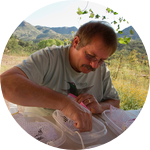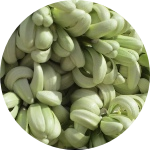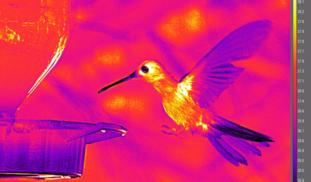Please wait...
About This Project
Will hummingbirds tolerate high temperatures due to climate change? Many studies look at heat tolerance during rest, but we study heat tolerance during hovering. Hummingbirds produce extra heat while hovering that must be dissipated to prevent overheating. Our previous work shows that in warm temperatures hovering hummingbirds cannot cool themselves. In this study we explore whether or not hummingbirds select perches in cool places between hovering bouts to facilitate heat loss.

Browse Other Projects on Experiment
Related Projects
Using eDNA to examine protected California species in streams at Hastings Reserve
Hastings Reserve is home to three streams that provide critical habitat for sensitive native species. Through...
City smart: Are cities making birds smarter?
One cannot go to Florida and miss the White Ibises roaming golf, park and private lawns. But how does a...
How do polar bears stay healthy on the world's worst diet?
Polar bears survive almost entirely on seal fat. Yet unlike humans who eat high-fat diets, polar bears never...





